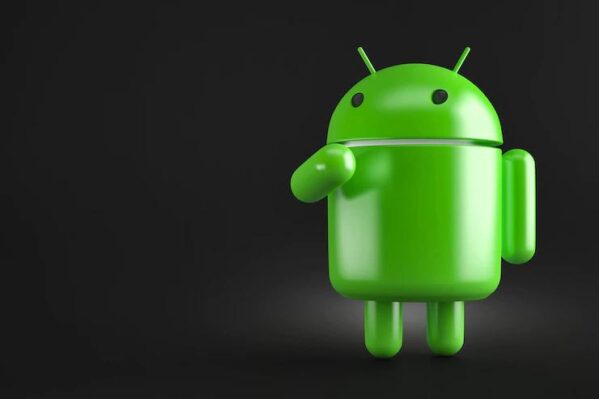Android is an innovative, powerful mobile operating system that often outperforms Apple’s iOS when it comes to technology support. NFC payment, 5G, custom keyboards, and more… All this state-of the-art functionality creates a sprawling, complex OS. The interface is easy enough to use for casual users, who just need to send and receive text messages and use their apps. But, hidden in the interface are many settings and tools that can be used by power-users. It’s not difficult to find the right settings and tools.
Our list of shortcuts and suggestions can help you use Google’s mobile OS like an expert. These are just a few of the many ways that Google’s OS can be used. There’s so much more. Check out our list with the top Android apps and don’t forget to comment in the comments section. These apps may be added to future updates!
1. Remove Apps You Do Not Need
Many preinstalled apps are included with most Android phones. Most of these apps will be appreciated by almost everyone–maps and email, browser, etc.–but you may not need or want some. If you’re just not a podcast person, you don’t need a podcast app. Phone vendors often include many of their apps, which you may not need. To uninstall an app, simply long-press the icon of the app and then click on uninstall.
2. Use Digital Wellbeing Features
Not being up at night texting and doomscrolling is not the best thing for your health. The Digital Wellbeing feature on Android 11 includes the Bedtime mode. It silences your phone for a time and also turns the screen black-and-white in case you need to see the screen after hours. If you need to take a break, there is a Pause option. You can read our article on how technology can help or hurt your sleep.
3. Install Your Phone App on Windows
Most people who use Mac desktops and laptops have an iPhone. This allows for great integration with macOS. With the Your Phone desktop app Windows 10, Android users can have as much continuity with their desktop computers, if not more. It is easiest to set up your computer. You can start setting up your phone from your PC by going to the Settings App’s Phone section. Select Add a Phone and you are good to go. You will be able to make calls, send text messages, and view and use photos instantly from your phone via the PC.
4. Quick Settings Edit
The Quick Settings requires two swipes to display more than one row. I find this annoying in Android. You still have two pages of Quick Settings. To ensure that you have the settings you use most frequently, swipe down to the first row. You can add useful tools such as Dark mode switches or Focus mode by clicking the pencil icon.
5. Install Apps from the Web
This is my favorite advantage of Android over iOS. You don’t need to hold your phone to install apps. You can easily install any app or video remotely by visiting the Google Play store (Opens in new window) in your web browser. As long as you are signed in to the same Google account that the phone uses, you will be able to access the Google Play store. When you click to install, you will see all of your Android devices. This is a great feature for those times when you find an app on your computer and don’t want to fiddle with your phone trying to get it.
6. Install apps from other sources
Android is different from iOS in that you are not limited to one app store. Google’s Play Store is the most popular place to find any app you want. There are also valuable protections. However, if you require something not listed on Google’s Play Store, there are no restrictions. You can visit Amazon’s App Store, the app store of your phone manufacturer, or download and install it as an APK file (the extension for Android Application Package files).
7. Install a Launcher app
One customization that iPhone users are missing is the ability to change the default start screen. You can do this by downloading a third-party launcher from the Play Store. A few notable launchers include Apex, Action Launcher and Apex. Lightning, Nova, Niagara and Smart Launcher are all good examples.
8. You can customize your message notifications
Android 11 allows you to choose which message notifications you want. This will make certain that some contacts are more prominent and keep conversations together. You can now make messages appear above any other apps as bubbles. Simply turn them on in Settings, and then set Priority for the contact. There are three options for Bubbles within a notification: All Conversations Can Bubble and Selected Conversations Can Bubble.
9. You can add widgets to customize your home
iOS version 14 can add widgets on the home screen. Android users have known how to add widgets to their home screens for years. You can simply long-press the Home screen and choose Widgets. Then, you can select from any available apps. You can also customize the Home screen by long-pressing it. This will allow you to remove the Google feed page to your left or disable screen rotation for your Home screen. We love the landscape view of our home screen.
10. Beef Up Storage
One of the major advantages of Android is its ability to expand storage using a microSD card. This allows you to store more media and apps on your smartphone and also allows you to transfer large files between other devices. You can also plug in Android phones to an external USB storage device and view its files. You can plug in a USB flash drive to your Type-C-equipped phone.
